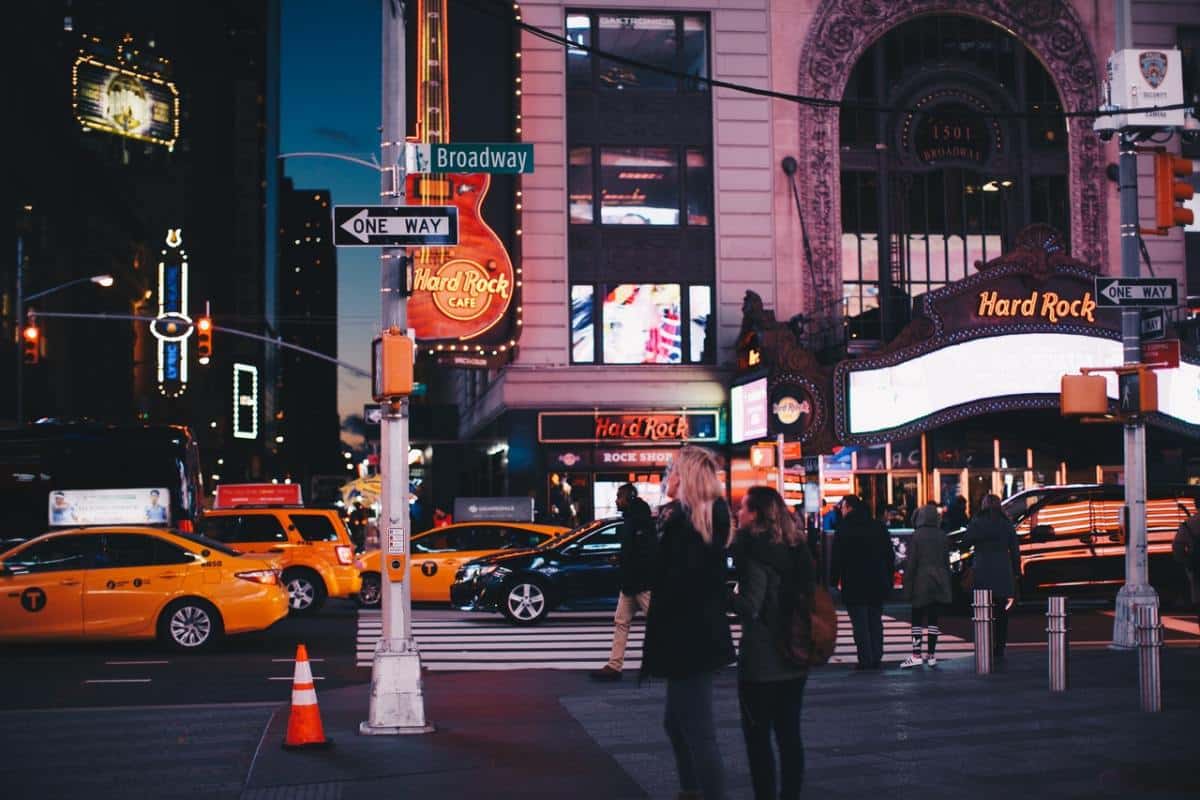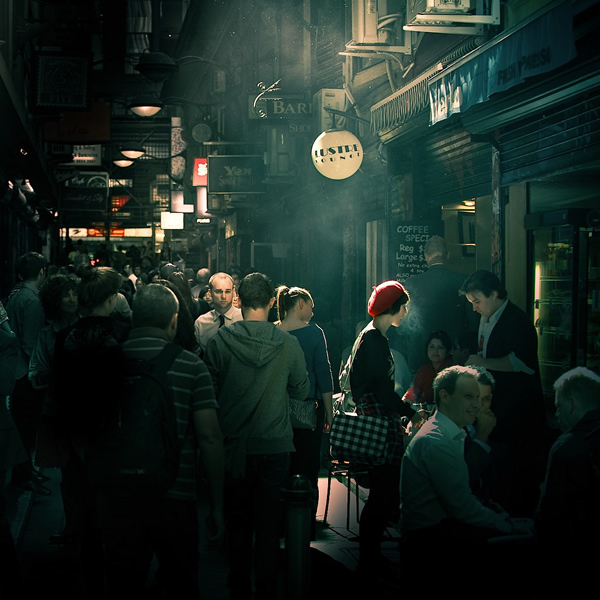Get This Report about Street Photographers
Table of ContentsIndicators on Street Photographers You Need To KnowThe Ultimate Guide To Street PhotographersStreet Photographers Things To Know Before You Get ThisEverything about Street PhotographersWhat Does Street Photographers Do?
Road photographers do not always have a social purpose in mind, yet they choose to separate and capture moments which could otherwise go undetected.He was affected by several of those who affected the street photographers of the 1950s and '60s, he was not mainly interested in recording the spirit of the street., who worked side by side with digital photographers trying to capture the essence of city life.
Due to the relatively primitive innovation readily available to him and the lengthy direct exposure time required, he struggled to capture the stress of the Paris roads. He explore a collection of photo approaches, attempting to find one that would allow him to capture movement without a blur, and he discovered some success with the calotype, patented in 1841 by William Henry Fox Talbot. In comparison to Atget, professional photographer Charles Marville was worked with by the city of Paris to develop an encyclopaedic paper of Haussmann's city preparation job as it unravelled, therefore old and brand-new Paris. While the professional photographers' subject was essentially the same, the results were significantly different, demonstrating the impact of the photographer's bent on the personality of the pictures he created.
The Best Strategy To Use For Street Photographers
Offered the fine top quality of his photographs and the breadth of material, designers and musicians frequently acquired Atget's prints to use as recommendation for their very own job, though commercial rate of interests were rarely his major motivation. Instead, he was driven to photo every last residue of the Paris he enjoyed.

Unlike his peers, Brassa made use of a larger-format Voigtlnder cam with a much longer exposure time, requiring him to be more calculated and thoughtful in his technique than he might have been if making use of a Leica. (It is thought that he may not have actually been able to pay for a Leica back then, but he did, nevertheless, make use of one in the late 1950s to take colour photos.) Brassa's pictures of the Paris abyss illuminated by man-made light were a discovery, and the collection of the series that he published, (1933 ), was a major success.

Our Street Photographers Statements
It is due to this fundamental understanding of the art of picture taking that he is often credited with finding the tool throughout again roughly a century considering that its creation. He took pictures for greater than a half century and affected generations of photographers to trust their eye and instinct in the minute.
These are the questions I shall attempt to answer: And then I'll leave you with my very own definition of road digital photography. Yes, we do. Let's begin with specifying what an interpretation is: According to it is: "The act of specifying, or of making something precise, distinctive, or clear".
No, definitely not. The term is both restricting and deceiving. Seems like a street photography ought to be photos of a streets appropriate?! And all road photographers, besides a tiny number of outright novices, will totally click over here appreciate that a street is not the vital part to road digital photography, and actually if it's an image of a street with possibly a couple of dull people not doing anything of passion, that's not road digital photography that's a photo of a road.
The Main Principles Of Street Photographers
He makes a legitimate point do not you believe? While I concur with him I'm not sure "honest public photography" will capture on (although I do kind of like the term "candid photography") due to the fact that "street digital photography" has been around for a long time, with numerous masters' names affixed to it, so I think the term is here to stay. Street Photographers.
Inside?! I hear you yell as you shake your hand to the sky. Why not? You can contend the coastline, at a celebration, in a street, in a park, in a piazza, in a coffee shop, at a museum or art gallery, in a city terminal, at an occasion, on a bridge, under a bridge ...
Yes, I'm scared we have no choice! Without policies we can not have a meaning, and without an interpretation we don't have a genre, and without a category we do not have anything to define what we do, therefore we are stuck in a "regulations meaning genre" loophole! go to my site And no-one intends to get embeded a loop. - Street Photographers
